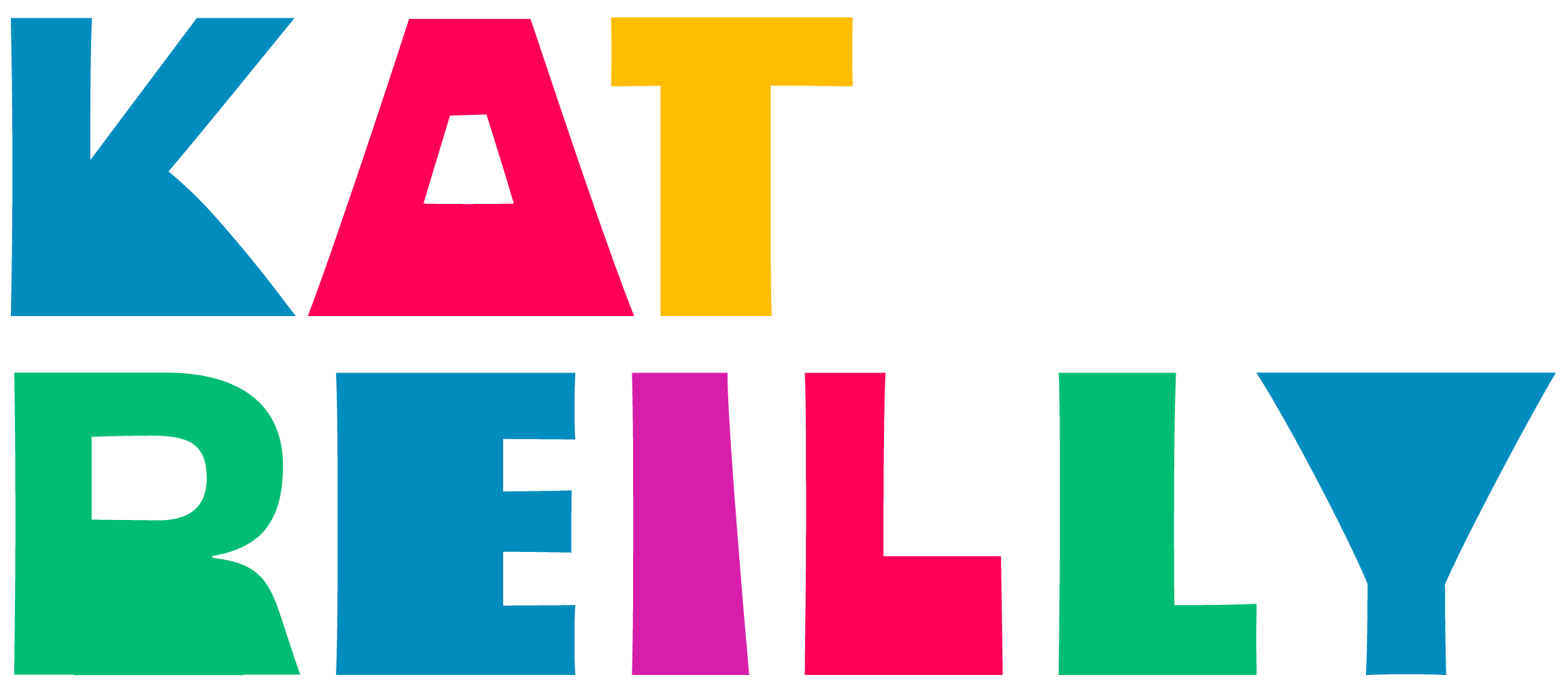Lessons in Feedback: Toca House
The concept of feedback in product design has fascinated me for some time. At its minimum, it serves as a clear signal to the user that your experience is alive and thinking. At its pinnacle, it’s a vehicle for rich communication to your user, inspiring delight, trust, and stickiness.
While designing for kids, feedback is a critical part of the experience. As in life, each action they take merits positive reinforcement that pushes them to continue learning and challenge themselves. Grander achievements, similarly, call for celebration and reward. Feedback in apps—whether visual, audible, or tactile—serves as that reinforcement in the digital realm, and it can have a tremendous impact on your experience for young users.
Feedback is a wide topic, and there are many good examples of it in kids apps. I began my investigation with Toca House, one of my favorite app experiences in general. (Full disclosure: I am an adult who owns 10 Toca Boca apps!)
Though framed as completing household chores, the games in Toca House are quite fun and addictive. To understand why, I recreated a matching game in which the user is asked to sort the house’s mail.
A prototype that recreates a drag and drop interaction from Toca House. Made with Framer.
Lessons Learned
1. Emphasize Where Interaction Begins
As soon as the view loads, the first letter pulses, calling the user to action. This is a crucial first step, as it achieves two things:
- It tells the Guest which items are interactive.
- It offers a starting point, and allows him or her to quickly comprehend the goal of the task at hand.
2. Offer Neutral Feedback For Mistakes
True to its pillar of “free-play,” there are no mistakes in Toca apps. I can’t recall ever seeing negative feedback in a Toca experience, and Toca House is no exception.
In our example, a user can try to drop a letter in the incorrect mailbox. Instead of displaying an error state, the letter simply returns to its starting point. Though a more subtle approach, making the user restart the task encourages him or her to try again. This road of repetition not only moves the user toward success, it may also teach a lesson in perserverance.
3. Celebrate With Gusto
In his book, Creativity Inc., Pixar president Ed Catmull encourages his readers to be “generous with praise.” This principle is certainly exercised in Toca House, where the user is congratulated for both small and big successes.
In our example, several events occur when a user drops a letter in the correct mailbox. First, the mailbox scales with a slight, jelly-like bounce as the letter passes over it. Then, when the letter is dropped, the mailbox rotates a full 360°.
While such a bold animation may not gel with an adult-focused app, it communicates two things to Toca’s younger users:
- It clearly tells the user they’ve completed the task correctly.
- It also ends the interaction on a satisfactory and high note of congratulations, compelling the user to repeat it over and over again.
